Archives
- 2025-12
- 2025-11
- 2025-10
- 2025-09
- 2025-03
- 2025-02
- 2025-01
- 2024-12
- 2024-11
- 2024-10
- 2024-09
- 2024-08
- 2024-07
- 2024-06
- 2024-05
- 2024-04
- 2024-03
- 2024-02
- 2024-01
- 2023-12
- 2023-11
- 2023-10
- 2023-09
- 2023-08
- 2023-07
- 2023-06
- 2023-05
- 2023-04
- 2023-03
- 2023-02
- 2023-01
- 2022-12
- 2022-11
- 2022-10
- 2022-09
- 2022-08
- 2022-07
- 2022-06
- 2022-05
- 2022-04
- 2022-03
- 2022-02
- 2022-01
- 2021-12
- 2021-11
- 2021-10
- 2021-09
- 2021-08
- 2021-07
- 2021-06
- 2021-05
- 2021-04
- 2021-03
- 2021-02
- 2021-01
- 2020-12
- 2020-11
- 2020-10
- 2020-09
- 2020-08
- 2020-07
- 2020-06
- 2020-05
- 2020-04
- 2020-03
- 2020-02
- 2020-01
- 2019-12
- 2019-11
- 2019-10
- 2019-09
- 2019-08
- 2019-07
- 2019-06
- 2019-05
- 2019-04
- 2018-11
- 2018-10
- 2018-07
-
The intestinal cholesterol absorption markers sitosterol and
2021-03-02
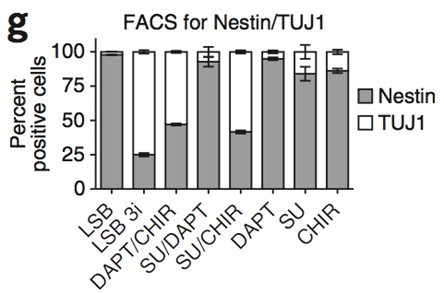
The intestinal cholesterol Dihydrotestosterone markers sitosterol and campesterol to cholesterol levels were significantly lower in Villin-Tgif1 mice compared to wild type mice, irrespective of diet. However, the decrease was less pronounced in Villin-Tgif1 mice fed a chow diet (∼20–30%) compared t
-
Many processes can lead to changes in soil
2021-03-02
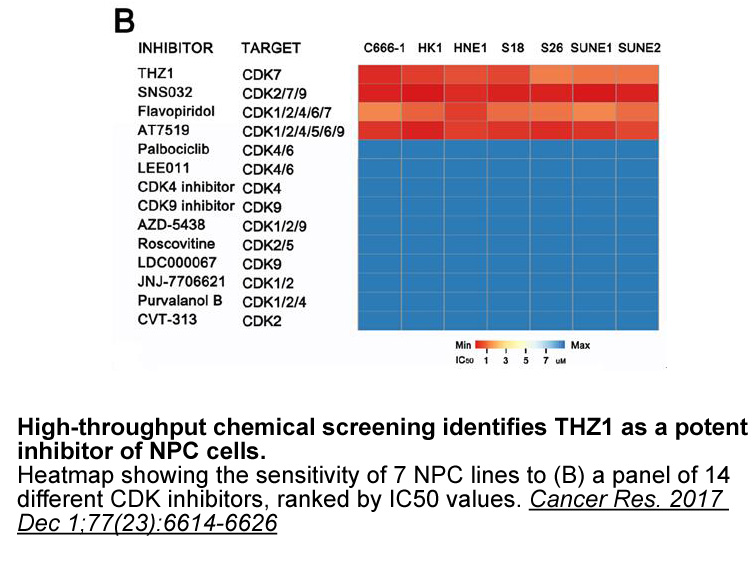
Many processes can lead to changes in soil P pools over time. Plant-available P (when measured as DGT P) decreased over time for the INORG-P treatment (Fig. 1a). Orthophosphate can be stabilised with cations such as calcium to produce insoluble phosphates, reducing plant-available P (Bünemann et al.
-
Before addressing point by point
2021-03-02
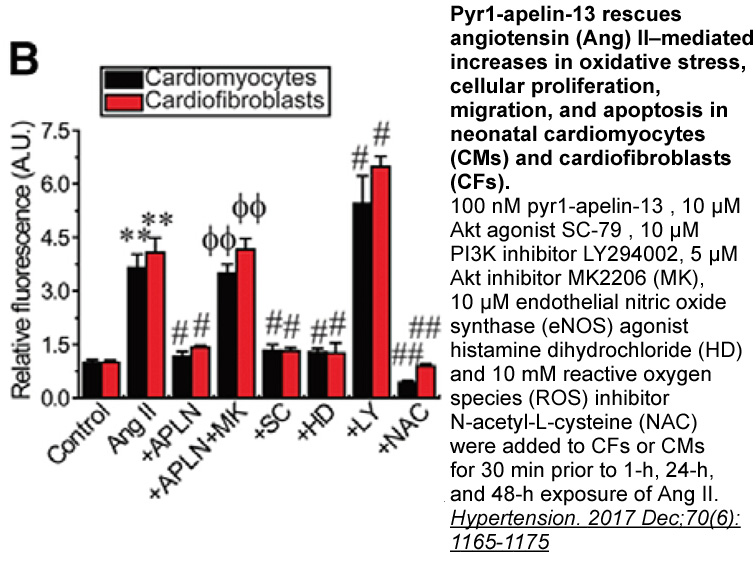
Before addressing point-by-point the aforementioned topics in separate sub-sections it should be remarked that the strength of recommendations provided by guidelines is graded in three classes: I (evidence and/or general agreement that a given treatment or procedure is beneficial, useful,effective),
-
The work described by Dong Groves
2021-03-02
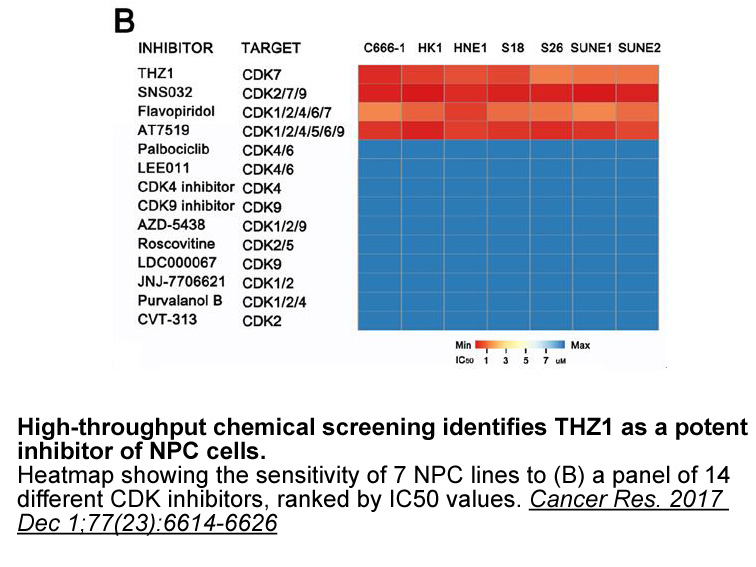
The work described by Dong, Groves, and co-workers (11) tested the hypothesis that neural stem cell development is sensitive to the clustering and mechanical state of the EphB4:ephrin-B2 receptor-ligand complex. They show that the quality of ephrin-B2-ligand signaling depends on its biophysical stat
-
The enantiomeric ratio ER of chiral
2021-03-02
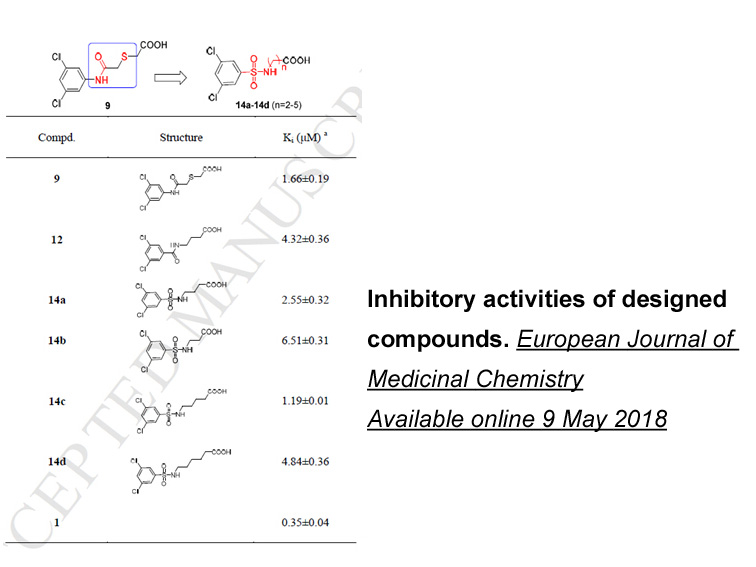
The enantiomeric ratio (ER) of chiral compounds accumulated in organisms has been found to be different among species (Borga and Bidleman, 2005, Harner et al., 1999, Warner et al., 2005, Wiberg et al., 2000), indicating enantioselective accumulation of chiral compounds are species-specific. The ER o
-
In addition to EGFR other receptor tyrosine kinases
2021-03-02
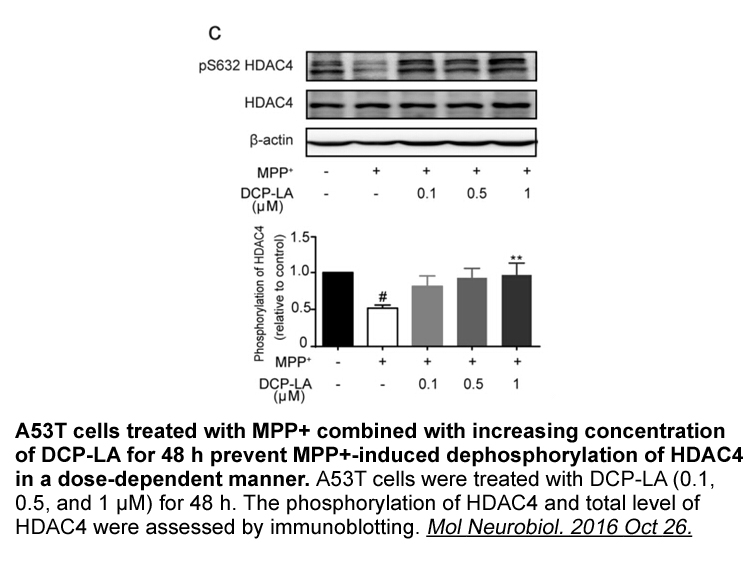
In addition to EGFR, other receptor tyrosine kinases (RTKs) also play roles in the tumor progression under hypoxia, especially hepatocyte growth factor receptor (cMet) (Le et al., 2012). Our data suggested that unlike EGFR, hypoxia had no apparent effect on cMet dopamine-2 receptor antagonist (data
-
Mother rats acutely treated with quinpirole and
2021-03-02
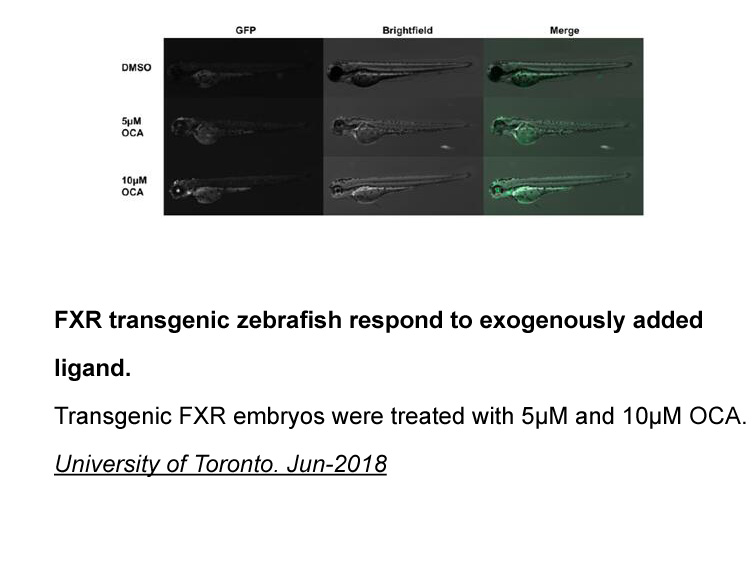
Mother rats acutely treated with quinpirole (0.5 and 1.0 mg/kg) decreased the pup exploration time but increased the object exploration, so they showed a significantly lower pup preference ratio. They also showed impaired maternal performance in the home cage, consistent with our previous study (Zha
-
While these previous correlative studies have
2021-03-02
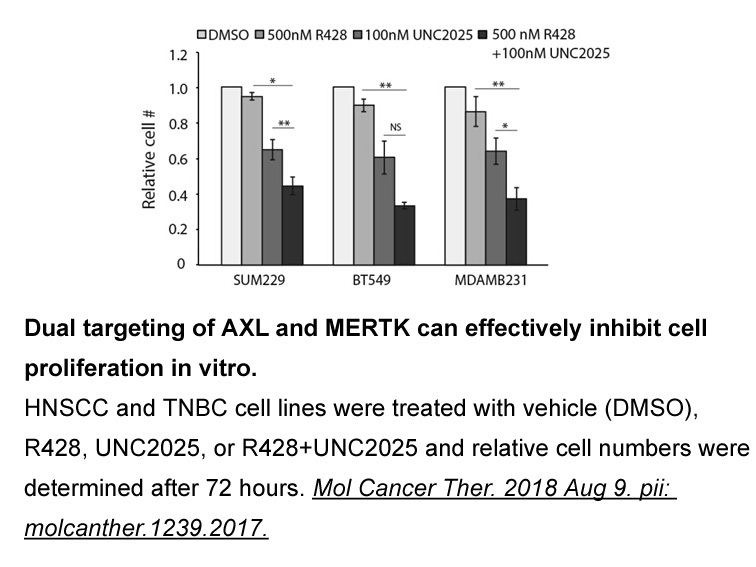
While these previous correlative studies have measured tDDR1 protein by IHC, these studies have not considered that pDDR1 could also be an important marker of cancer prognosis. A phosphoproteomic survey of lung cancer tissues did identify pDDR1 as one of the most commonly phosphorylated receptor kin
-
Kim et al reported for
2021-03-02
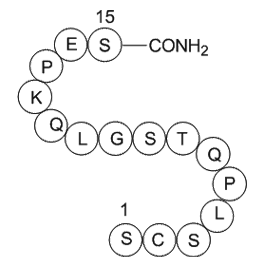
Kim et al. reported for bioactive compounds originating from the endemic species in Korea, the hexane and EtOAc fractions of the MeOH extracts from the roots of Dystaenia takeshimana (Nakai) Kitagawa (Umbelliferae) showed cyclooxygenase-2 (COX-2) and 5-lipoxygenase (5-LOX) dual inhibitory activity b
-
All of these experiments in GM
2021-03-02

All of these experiments in GM matter injury models have identified an array of signaling mechanisms that are potentially important. First, Kim et al. proposed that CK2 acts as a negative modulator of NADPH oxidase [55]. Then Blanquet et al. [50] found that increased CK2 correlated with inhibition o
-
br Diverse functions of ERK pathway Same as the
2021-03-02
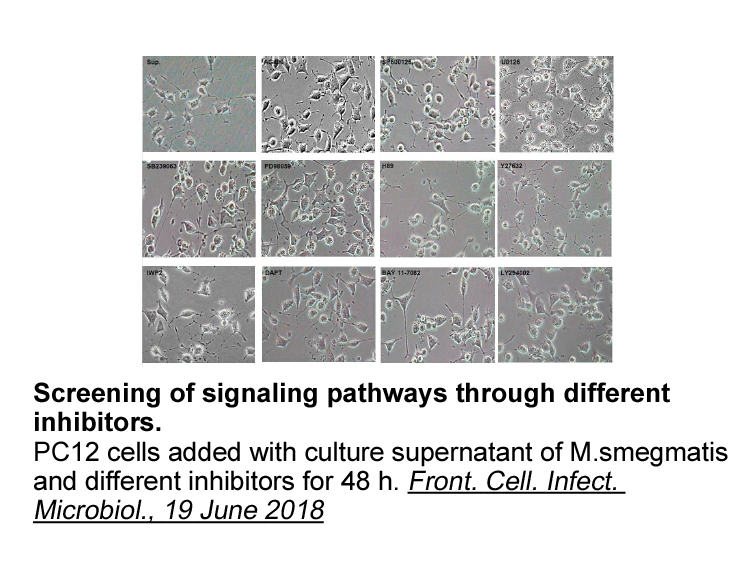
Diverse functions of ERK pathway Same as the other MAPK cascades, the ERK pathway is activated by several extracellular stimuli and different internal routes. ERK vitally tunes the function of various substrates in all cellular components; the nucleus, cytoplasm, membranes and the cytoskeleton. E
-
Among the down regulated genes were several of interest
2021-03-02
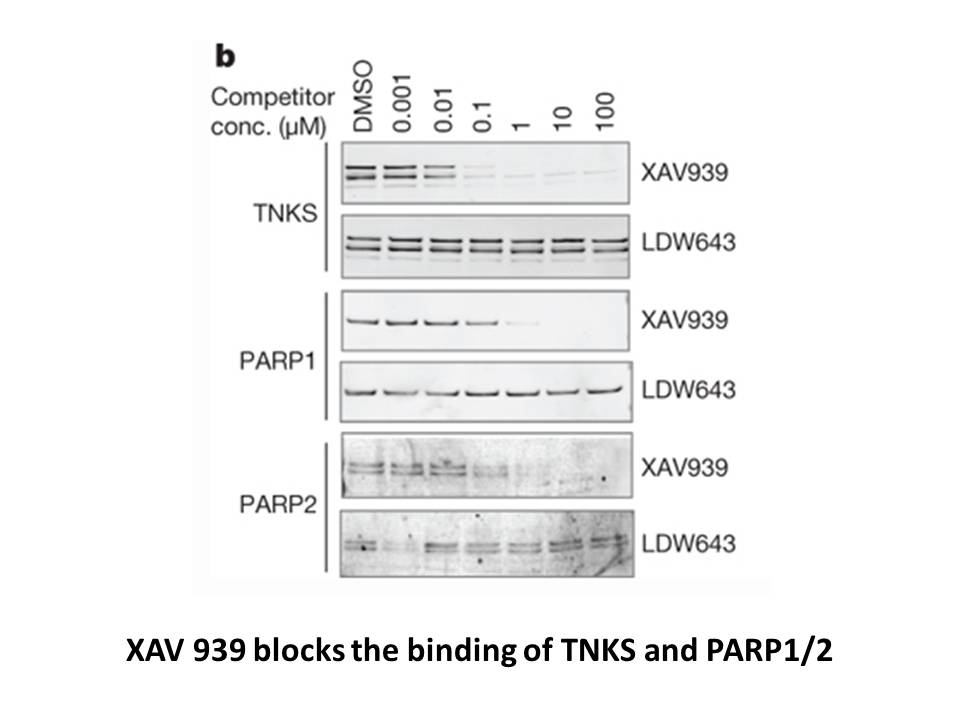
Among the down-regulated genes were several of interest. Coronin2a (Coro2a), a component of the nuclear receptor co-repressor complexes, contributes to de-repression of inflammatory response genes (Huang et al., 2011). Mill1, an MHC family member expressed in hair follicles, represses wound healing
-
br Author contribution br Acknowledgements We
2021-03-01

Author contribution Acknowledgements We want to thank Dr. Manuel Rodriguez, Dr. Ch. Blattner, Dr. Jorge Moscat, Dr. Erwin Knecht and Dr. Peter Tontonoz for materials. This work has been supported by grants from the Spanish Ministry of Education and ScienceSAF2011-27442 and a grant from General
-
Currently much effort has been made
2021-03-01
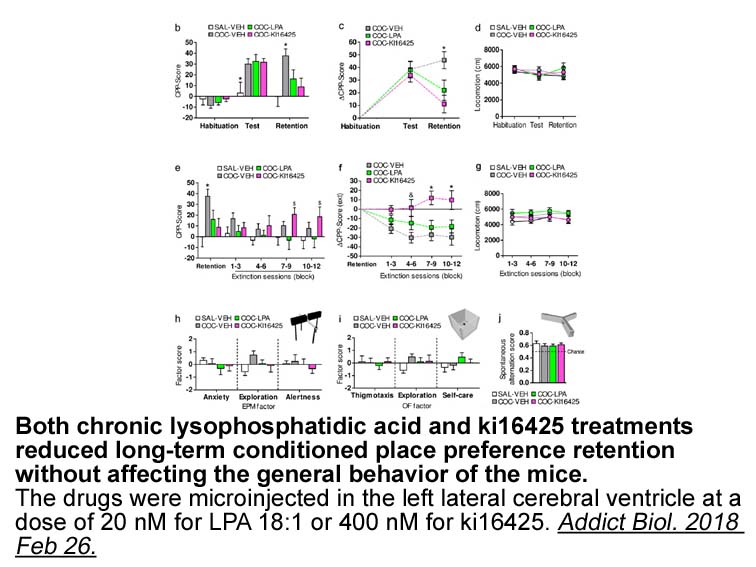
Currently, much effort has been made to design and synthesize ThDP analogs (such as ThTDP, ThTTDP, and triazole-ThDP in Fig. 2)8, 9, 10, 11, 12 as PDHc E1 inhibitors. These ThDP analog inhibitors, such as ThTDP and ThTTDP, can block the ThDP binding site, and exhibit significantly stronger binding a
-
In the past few years neuroprotection via GLP
2021-03-01
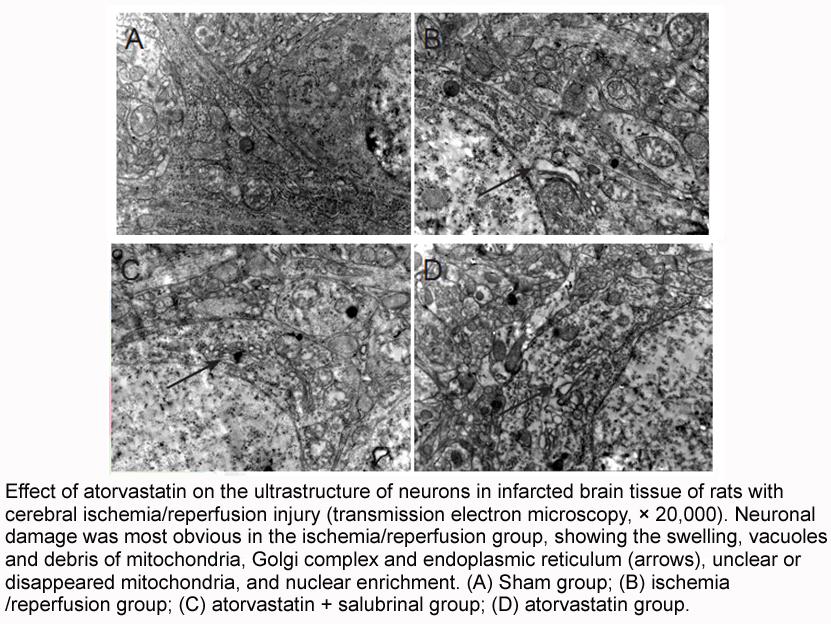
In the past few years, neuroprotection via GLP-1R activation has been shown in several animal models of stroke, Alzheimer's, Parkinson's, Huntington's, ALS and traumatic in the world injury. This research field is rapidly growing and several reviews have been recently published (Darsalia et al., 20
16482 records 727/1099 page Previous Next First page 上5页 726727728729730 下5页 Last page